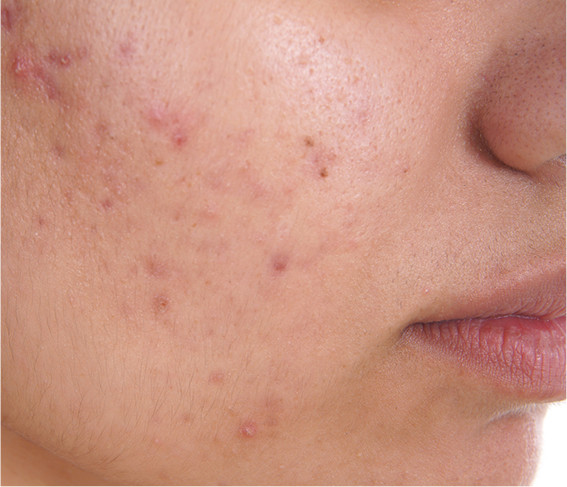
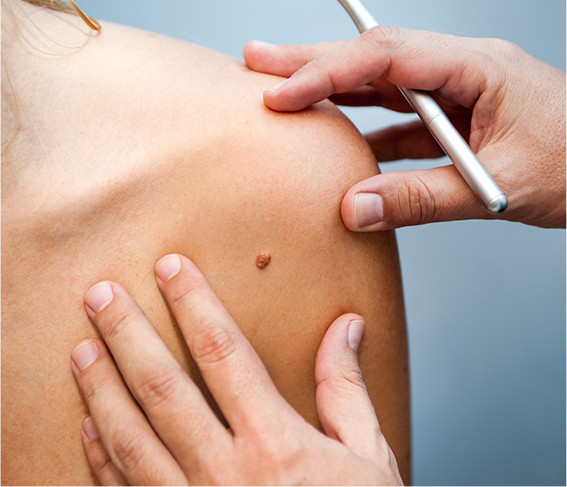
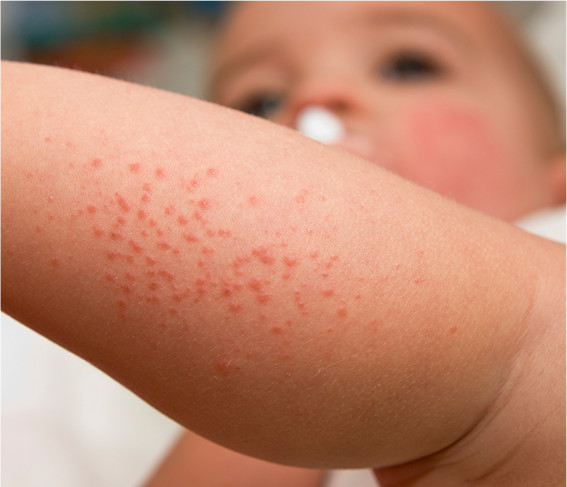
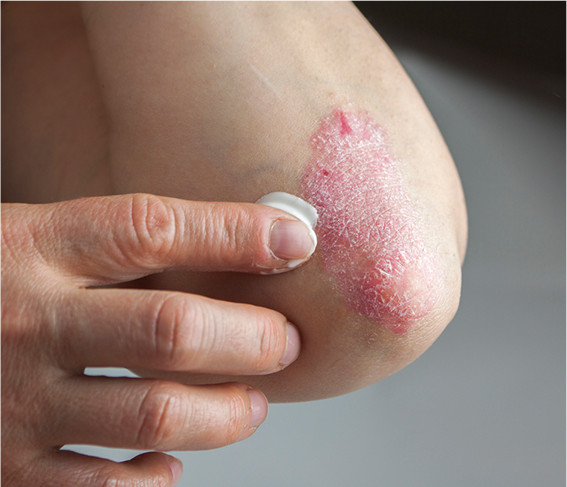

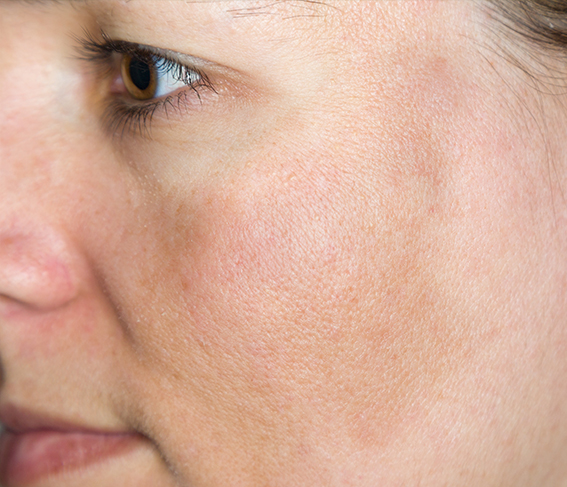
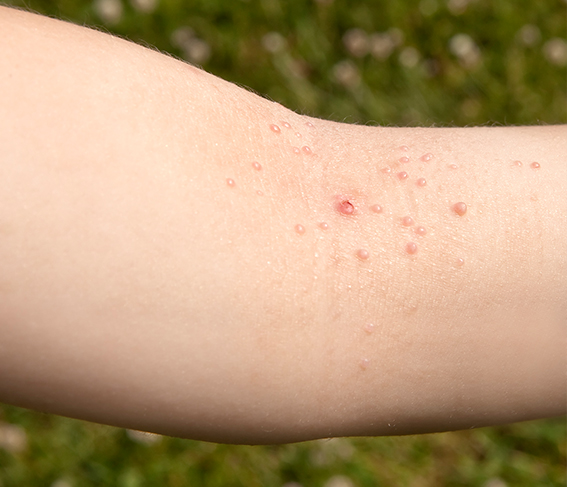
Acne or acne vulgaris is a skin condition that affects the skin’s hair follicles. Acne is most common amongst teenagers, however can often affect adults as well. Multiple factors contribute to breakouts, including bacteria, hormones, genetics and inflammation.
A patch test is a method used to determine whether a specific substance causes allergic inflammation of a patient’s skin.
Eczema, or atopic dermatitis, is characterized by dry, itchy, red, and scaly patches of skin. Eczema can range from minor to severe and can present on any part of the body. Sometimes the rashes can lead to infections. Eczema is not contagious and can be treated.
A mole, or nevus, is a common lesion on the skin generally characterized as brown, round, and can be flat or slightly raised. Although moles can change over time and are generally benign, it is important to become familiar with the appearance of your moles to note any changes that could signal skin cancer. A dermatologist should examine any mole that grows, changes in shape or color, or bleeds. There is no “treatment” for moles, however a dermatologist may decide to remove a mole if it becomes irritated or looks suspicious.
Molluscum contagiosum and warts are benign epidermal eruptions that result from viral infections of the skin. A wart is typically a raised round growth made up of hardened skin, though some can be flat in nature. Molluscum are small pink, white, or skin-colored bumps with an indented center. Both warts and molluscum can spread to different areas on the body and are contagious. Treatments include salicylic acid, cryotherapy (freezing), chemical agents, immunotherapy injections and surgical excision.
Common nail problems include: Fungal infections, white spots after an injury to the nail, vertical lines, known as splinter hemorrhages, bacterial infections, and ingrown toenails.
Rashes can appear as blotches, welts or blisters; they can be red, itchy, scaly, or dry; and they can occur in one area of skin or all over the body. In addition, some rashes may come and go, while others never seem to go away. Although most rashes are not life-threatening, some rashes can signal something more serious.
Rosacea is an inflammatory skin condition that is characterized by facial redness, small and superficial dilated blood vessels on facial skin, papules, pustules, and swelling. Rosacea is a very common skin condition affecting all skin types and ages. Treatment for Rosacea is multifaceted and best when customized by a dermatologist
A cyst is typically a benign growth that feels like a lump under the skin. They can become inflamed and painful, then need to be drained. We are skin surgery experts and surgically remove them when they are not inflamed to reduce the risk of recurrence and complications.
Skin Cancer is the most common form of cancer in the United States. There are several types of skin cancer, varying in appearance, origin, and severity. Basal cell carcinoma, squamous cell carcinoma, and malignant melanoma are all forms of skin cancer. It is very important to self-screen for suspicious moles or lesions and to have annual screenings by a board certified physician. Download the AAD’s Body Mole Map to note the results of your self-examination. It is important to remember the ABCDE’s of moles so that you can monitor any mole that looks different.
Pigment concerns can range from hypopigmentation (loss of pigment) or hyperpigmentation (increase in pigment). Vitiligo is a skin condition characterized by a loss of pigment, resulting in white patches. Vitiligo is considered an autoimmune disease. It is not contagious and cannot be cured, however we various treatments that help to even the skin tone.
Hyperpigmentation is an overproduction of pigment in the skin resulting in darkening of the skin. ‘Sun spots’ are flat, discrete brown areas known as lentigines, or lentigo. These usually appear on the face, chest and back, as well as the back of the hands and the top of the feet. These spots are caused by sun exposure and range from light to dark brown. Melasma is another type of hyperpigmentation, which is most common in women and affects about 45 million people worldwide. This condition appears as irregular patches of brown skin on the forehead, cheeks, upper lip and nose. Melasma is common during hormonal fluctuations associated with pregnancy, oral contraceptives or hormone replacement therapy.
Vascular lesions can include (but not limited to) angiomas, birthmarks, scars, or telangectacias. Vascular lesions can be hereditary or can develop after sun exposure, trauma to the skin, or genetic susceptibility. Laser treatments are the best way to treat vascular lesions.
We use the Cutera Excel V laser device to address vascular lesions.
Hypertrichosis is the overproduction of hair. It can be hereditary or caused by illness or hormonal imbalance. In women, this most often occurs on the face, chin and neck. It can also occur on the arms or torso. In men, hypertrichosis generally occurs on the chest and/or back.
Treatment for hypertrichosis often includes Laser Hair Removal, using our Cutera Excel HR laser device to reduce the amount of unwanted hair.